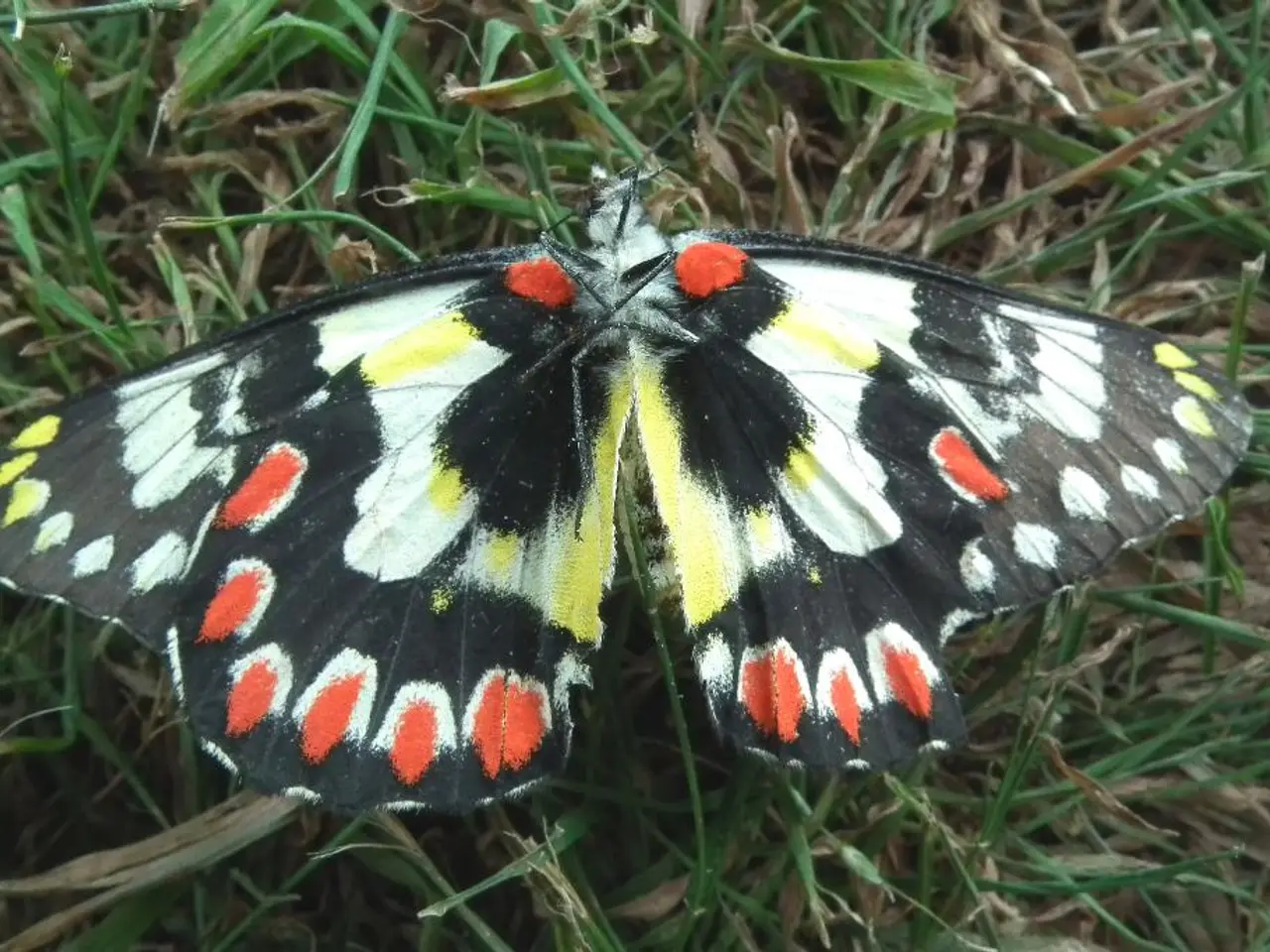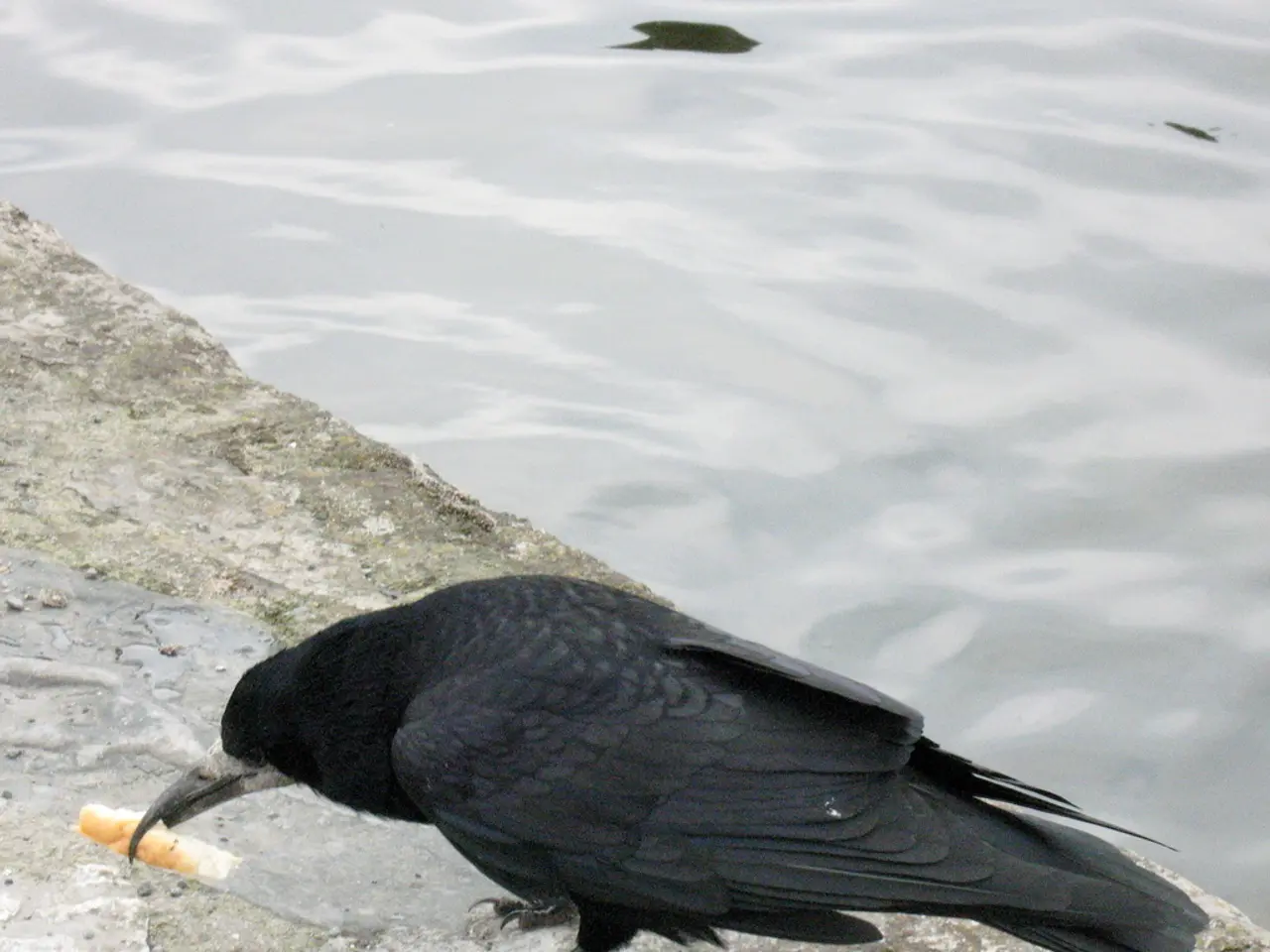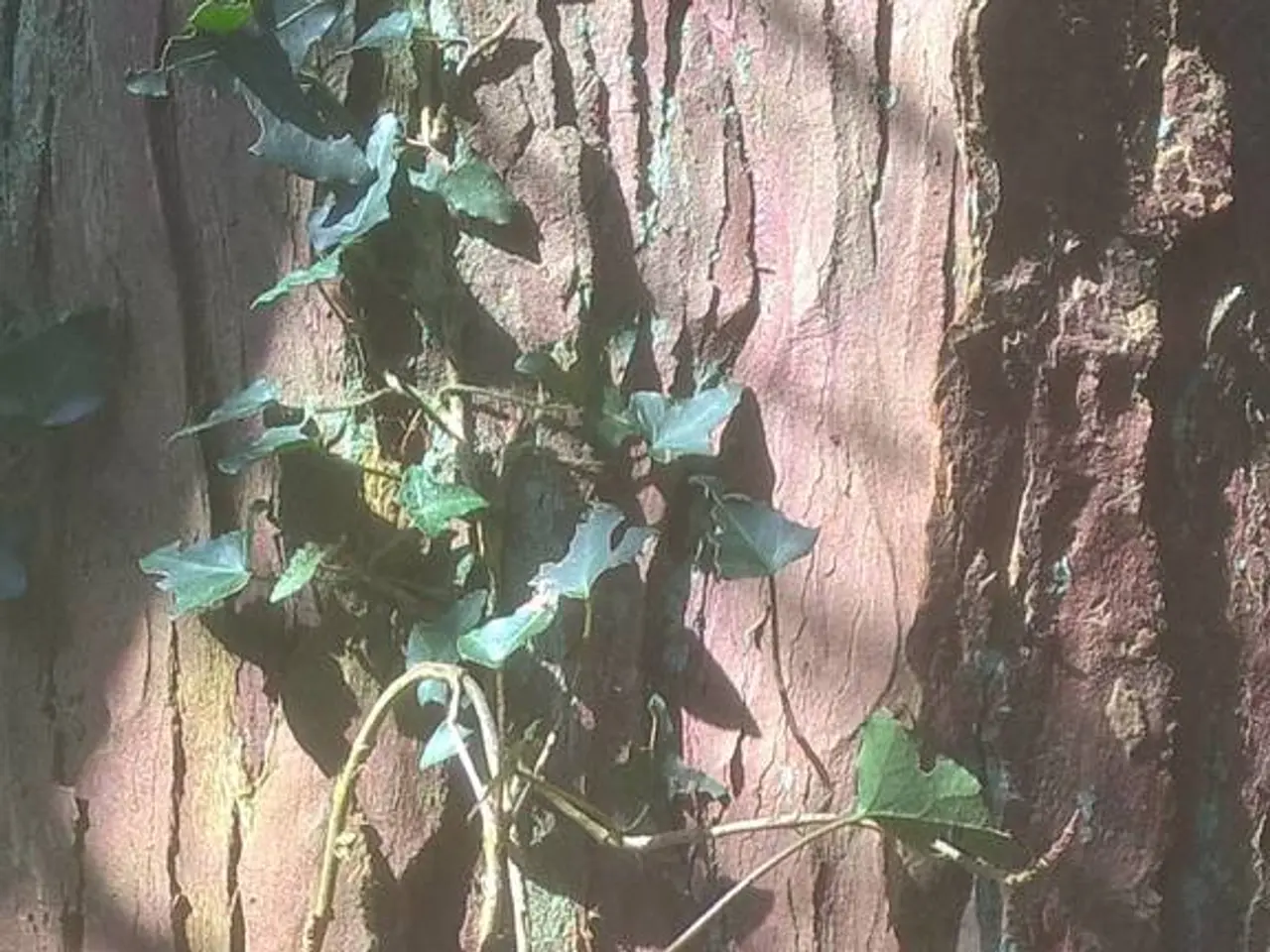Delay in Insect Apocalypse for a Minimum of Another Year: Warm and Moist Spring Sparks Abundant Insect Harvest
The year 2025 stands out as a pivotal moment in the global ecosystem, with insect populations experiencing an unprecedented resurgence after years of declines[1][2]. This upturn, however, comes amidst ongoing, accelerating global declines in insect populations, driven by climate change, pesticide use, and habitat loss[1].
Research through 2025 reveals that over 40% of insect species are declining globally, with a third endangered[1]. The decline is happening at an extremely rapid pace — insect extinction is occurring about eight times faster than for mammals, birds, or reptiles[1].
Climate change effects, particularly intensified and altered El Niño events, are disrupting tropical insect biodiversity crucial to the global ecosystem[2]. Long-term studies show steep and accelerating population declines in important pollinators like butterflies, linked to pesticide use (notably neonicotinoids) and changing climate patterns such as warmer winters and drier summers[3][4].
The increased insect populations have brought about a positive impact on wildlife and bird populations. In Wales, for instance, bat mothers have found it easier to provide for their offspring, thanks to the abundance of insects[5]. This has resulted in high-quality milk for bat pups and young bats fleeing their roosts earlier[5].
Similarly, the north of England and Scotland have witnessed healthy grouse broods, while wild pheasant poults are thriving due to the increased food supply for birds[6]. In Scotland, anecdotal reports suggest that insects have been splattering car windscreens for the first time in years[7].
The rise in insect populations has led to a surge in butterfly numbers, with second broods of common blue butterflies and good numbers of meadow browns being reported[8]. The GWCT Big Farmland Bird Count recorded 358,913 birds representing 125 species, with 26 of these species being red listed[9].
Jake Fiennes, head of conservation at the Holkham estate in Norfolk, reports a greater abundance of insect numbers this summer[10]. Dr. Francis Buner, an ornithologist, attributes this increase to a warm and wet spring[11].
However, despite this positive development, there is a growing concern that the extraordinary abundance of insects hasn't received more positive coverage in the press[12]. Mr. Fiennes, a conservationist, expressed his sadness over this, hoping that a good-news story like the insect abundance could get the public more onside[12].
Patrick Galbraith, an author, journalist, former editor of Shooting Times, and a regular contributor to our platform, echoes this sentiment[13]. As we move forward, it is crucial to raise awareness about the importance of insects in our ecosystem and the potential consequences of their decline.
[1] - Global Decline of Insects: A Review of State of the World's Insects [2] - Climate change effects on insects: A review [3] - Long-term trends in North American butterfly populations [4] - Neonicotinoid pesticides and their effects on pollinators: A review [5] - The Impact of Insect Abundance on Bat Populations in Wales [6] - The Role of Insect Populations in Supporting Grouse and Pheasant Populations [7] - Insect Resurgence in Scotland: A New Phenomenon [8] - The Impact of Insect Populations on Butterfly Populations [9] - GWCT Big Farmland Bird Count 2025: Preliminary Results [10] - Holkham Estate's Insect Population Boom [11] - The Influence of Climate on Insect Populations: A Study on the Warm and Wet Spring of 2025 [12] - The Underreported Insect Abundance: A Conservationist's Perspective [13] - The Importance of Insects in Our Ecosystem: A Journalist's View
In light of the increased insect populations, scientists have observed positive effects on wildlife conservation, such as improvement in bat and bird populations, making it essential to raise awareness about the importance of insects in environmental-science and their potential environmental impact. However, the extraordinary growth in insect populations seems to lack adequate coverage in the science press, potentially hindering public interest and support for wildlife conservation efforts.








